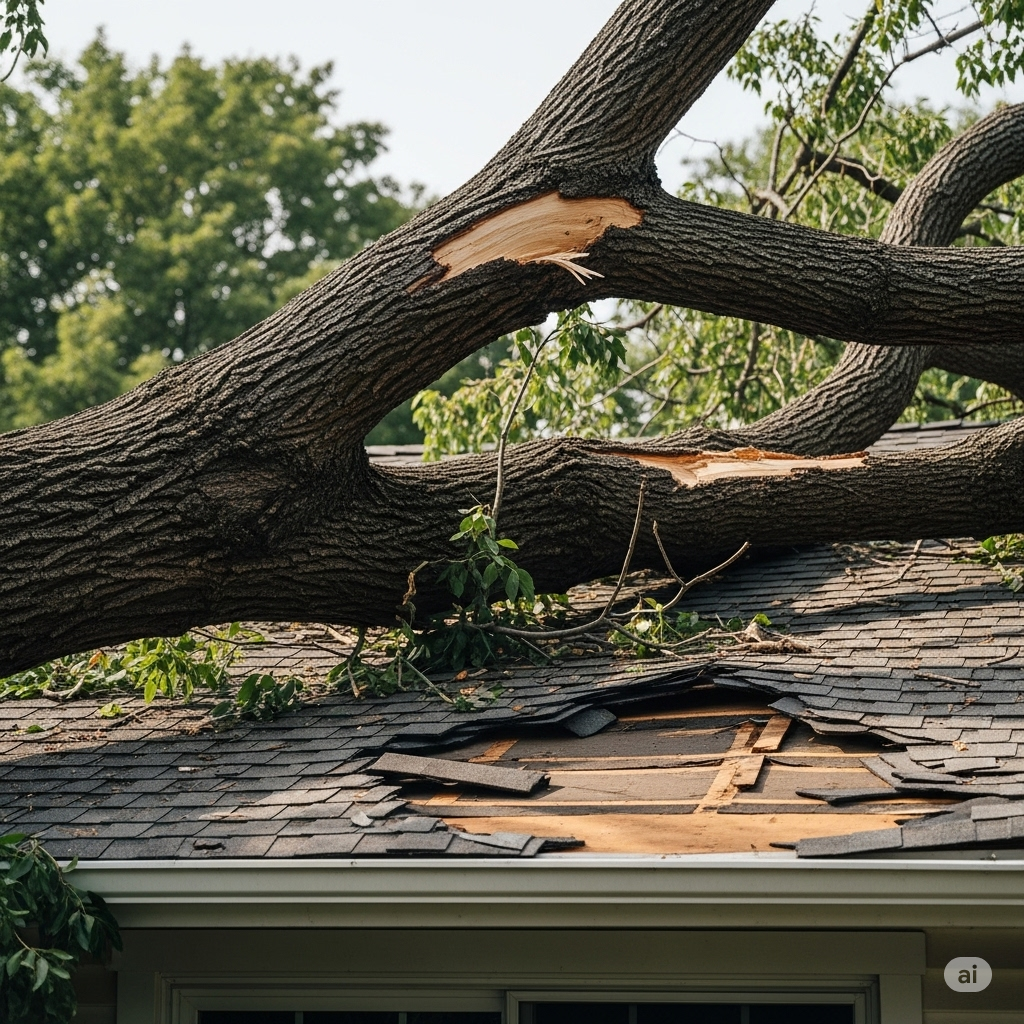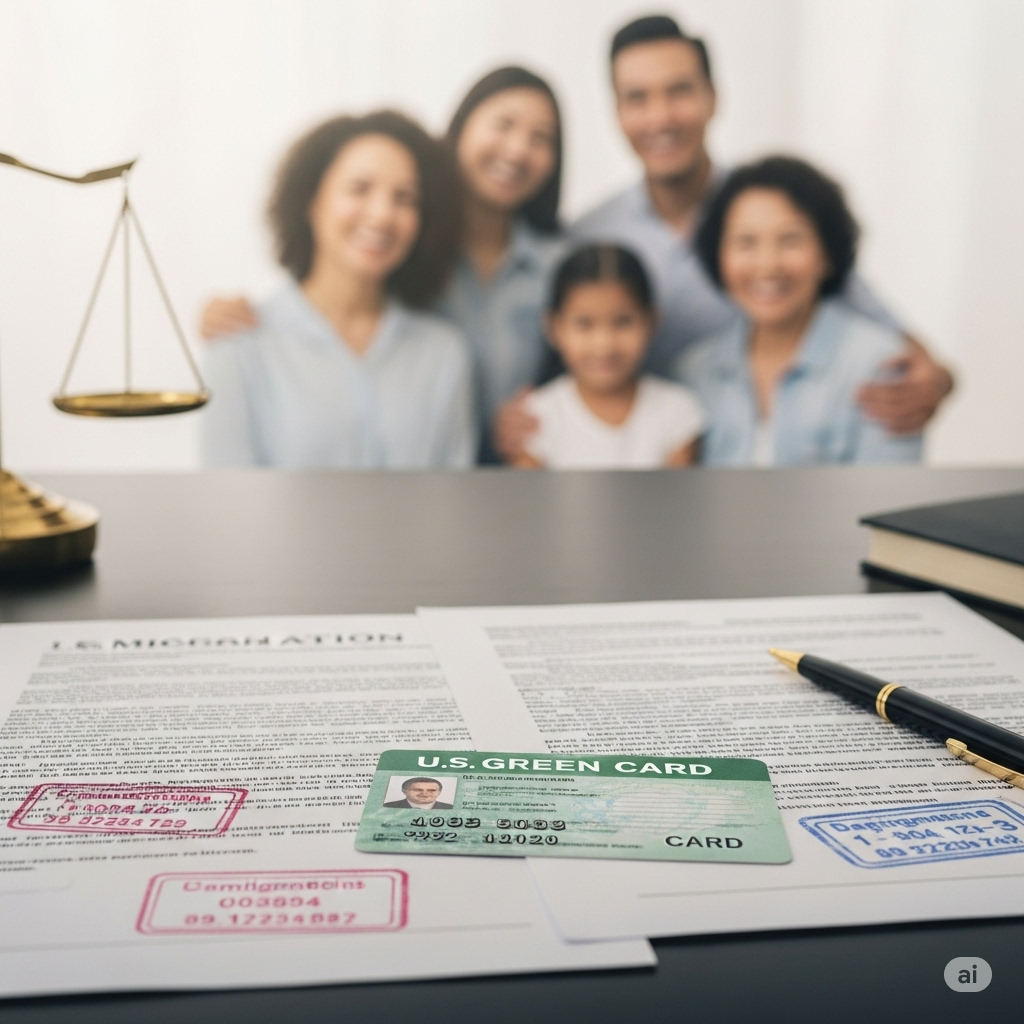When a neighbor’s tree crashes into your home, the damage isn’t just physical it’s legal and financial too. You may be wondering: Can I sue for tree damage? Who pays? Will insurance cover it?
This comprehensive guide covers everything you need to know about neighbor tree damage liability, including how to make your neighbor legally and financially responsible for the destruction caused to your property.
Understanding Neighbor Tree
Who Is Liable If a Tree Falls on My House?
Liability depends on the cause of the fall and the condition of the tree. Here’s how it breaks down:
- Negligence: If your neighbor knew the tree was dead, diseased, or leaning dangerously and did nothing about it, they may be held legally liable.
- Natural Disaster (Act of God): If the tree fell due to a storm or other uncontrollable event, and your neighbor had no prior warning or negligence, you’ll likely need to file a claim with your own homeowners insurance.
- Overhanging Branches and Roots: If branches or roots from your neighbor’s tree damaged your property, you can trim them back to the property line and possibly hold your neighbor accountable based on your state laws.
What to Do Immediately After Tree Damage Occurs
If a tree from your neighbor’s property causes damage, your first steps are crucial in building a case.
1. Document Everything
- Take high-resolution photos and videos of the fallen tree, your property, and any visible warning signs like rot or cracks.
- Note the date and time the damage occurred.
- Preserve any written communication with your neighbor about the tree (emails, texts, letters).
2. Contact Your Homeowners Insurance
Most policies cover property damage from falling trees, but your insurer will need:
- Photos and documentation
- A formal explanation
- Any prior notices or complaints made against the tree
Even if your neighbor is liable, your insurer may initially cover the damages and then subrogate (seek repayment) from the neighbor’s insurance.
3. Talk to Your Neighbor
Have a civil but clear conversation with your neighbor. If they were previously warned or knew the tree was dangerous, this interaction could be used to show knowledge and negligence.
4. Hire a Certified Arborist
An arborist can examine the fallen tree and issue a professional opinion, such as:
- The tree was clearly dead, diseased, or unstable
- The condition was obvious prior to falling
- The tree owner failed to take preventive action
This documentation is critical evidence for legal or insurance claims.
Can You Sue a Neighbor for Tree Damage?
Yes if negligence is provable. You have legal grounds to sue your neighbor if:
- They were aware or should have been aware the tree was dangerous.
- They did not act or respond to warnings.
- Your insurance does not cover all the damage, or there is significant out-of-pocket cost.
You’ll have a stronger case if:
- You warned your neighbor in writing
- The tree was visibly dead, leaning, or decaying
The damage was preventable, and not due to an extreme storm
Neighbor Tree Damage Liability: Insurance Claim vs Lawsuit
When Filing an Insurance Claim is Enough
If your insurance covers the damage, it may be easier to:
- Let the insurance company handle the investigation
- Pay your deductible and move on
- Avoid a potential legal battle
This is especially appropriate if:
- The damage was caused by a storm
- Your neighbor was unaware of any issues
When Filing a Lawsuit Makes Sense
If your damages are substantial and not fully covered or you have clear proof of neighbor negligence a lawsuit can help you:
- Recover out-of-pocket expenses
- Claim punitive damages (in extreme negligence)
- Ensure future maintenance by your neighbor
Always consult a property damage attorney before filing. They can help evaluate if the lawsuit is worth your time and cost.
Legal Options: How to Make Your Neighbor Pay
Here are the top three ways to hold your neighbor accountable:
1. Send a Demand Letter
A formal written request can prompt action without going to court. It should:
- Request payment for repairs
- Include documentation and quotes
- Ask for a response by a set deadline
Many disputes are resolved at this stage.
2. File a Claim in Small Claims Court
If your damages are within your state’s small claims court limits (typically $5,000–$10,000), this process is:
- Faster
- Cheaper
- Doesn’t require a lawyer
You’ll still need evidence like:
- Photos
- Arborist reports
- Communication records
3. Hire a Property Lawyer
For more complex or high-value cases, hire a lawyer who specializes in neighbor tree damage liability. A lawyer can:
- Draft legal letters
- Collect and present expert testimony
- Represent you in civil court
Preventing Future Tree Damage Disputes
Know Your Rights and Boundaries
- You have the right to trim branches or roots that extend onto your property but only up to the property line.
- Do not trespass or cut down your neighbor’s tree without permission; this can result in legal penalties.
Keep Written Records
If you believe a tree on your neighbor’s property is dangerous:
- Send them written notices or emails
- Document any damage or visible warning signs
- Request an inspection or share an arborist’s opinion
These steps show that you acted responsibly and notified the tree owner.
What If the Tree Belongs to the City or County?
If the fallen tree was on public property, you may be able to file a claim with your local government.
Steps include:
- Contact your city or parks department
- File a claim with the municipality’s risk management office
Prove the city knew or should’ve known the tree was hazardous
Conclusion: Take Control of Neighbor Tree Damage Liability
Your home is your biggest investment and a neighbor’s neglected tree shouldn’t ruin that. While dealing with property damage can be stressful, you’re not powerless.
By documenting the incident, understanding your legal rights, and taking the right actions, you can hold your neighbor accountable and protect your property.
Remember:
- Always document the damage
- Know your insurance coverage
- Consult legal help if needed
Neighbor tree damage liability isn’t about revenge it’s about responsibility.
FAQs: Neighbor Tree Damage Liability
1. Can I Sue My Neighbor for Tree Damage?
Yes, if you can prove negligence. If your neighbor knew the tree was dangerous and failed to act, you have grounds for a lawsuit.
2. Will My Homeowners Insurance Cover Tree Damage?
Usually, yes. Insurance typically covers:
- Tree falls on home or other insured structures
- Reasonable removal costs (sometimes up to $1,000)
Note: Fences and landscaping may be covered differently.
3. What If the Tree Fell Due to a Storm?
If it was a storm or act of God, your insurance will likely cover it unless the neighbor was negligent beforehand.
4. Can I Cut Overhanging Branches from My Neighbor’s Tree?
Yes, but only up to your property line and only if you don’t harm the tree. Do not trespass or cut the entire tree.
5. How Much Can I Sue For?
You can sue for:
- Home repair costs
- Fence/yard replacement
- Landscaping restoration
- Legal and expert witness fees
- In rare cases, emotional damages
6. What Proof Do I Need to Show Negligence?
- Photos of the fallen tree and damage
- A certified arborist’s report
- Written notices or warnings you gave your neighbor
#NeighborTreeDamageLiability #TreeDamageClaim #SuingNeighborForTreeDamage #PropertyDamageLaw #HomeownersInsurance #TreeFellOnHouse #NeighborDispute #TreeDamageLawsuit #WhoIsLiableForTreeDamage #FallenTreeClaim #TreeDamageResponsibility #PropertyDamageLiability #TreeDamageLawyer #NeighborNegligence #TreeOnMyHouse






Leave a Reply